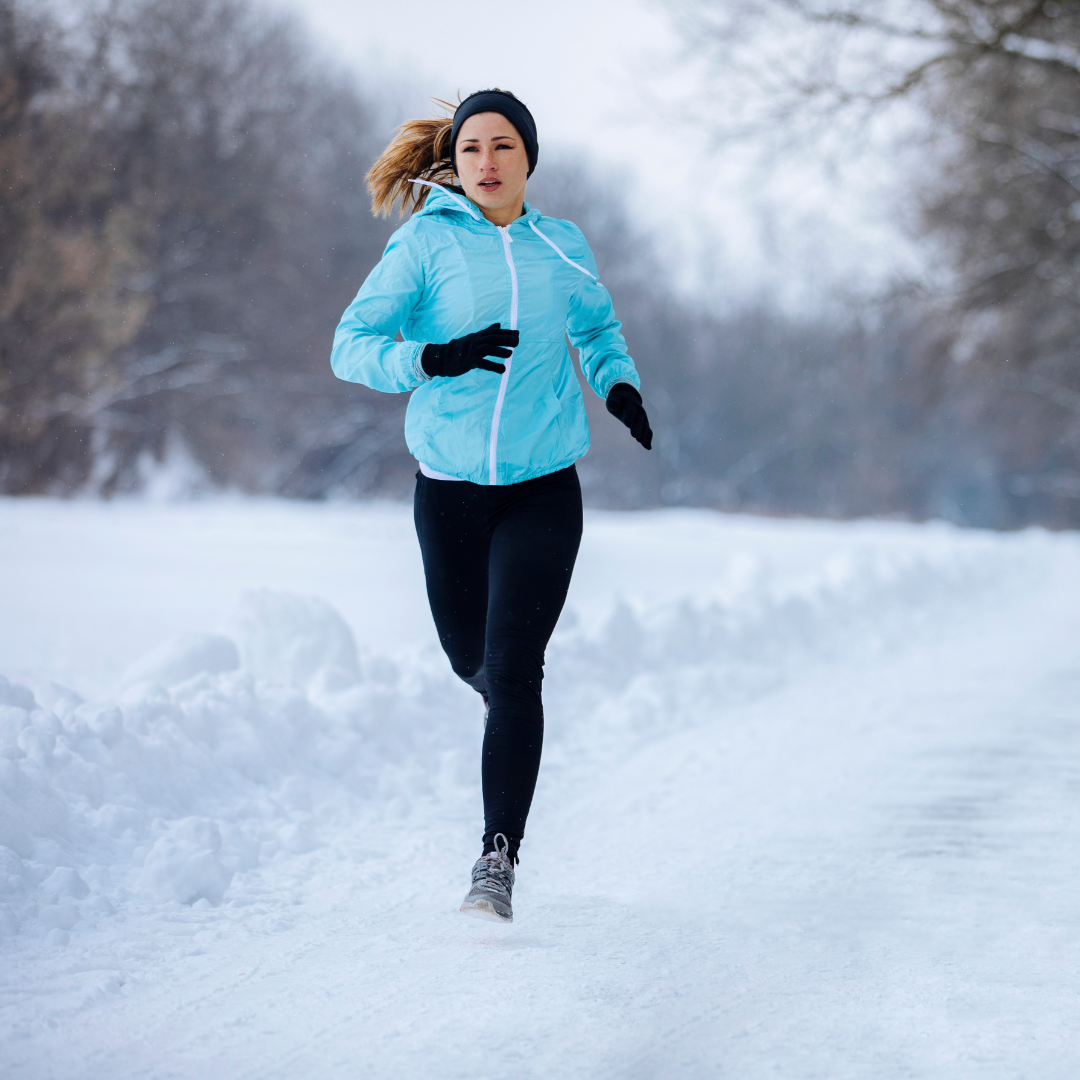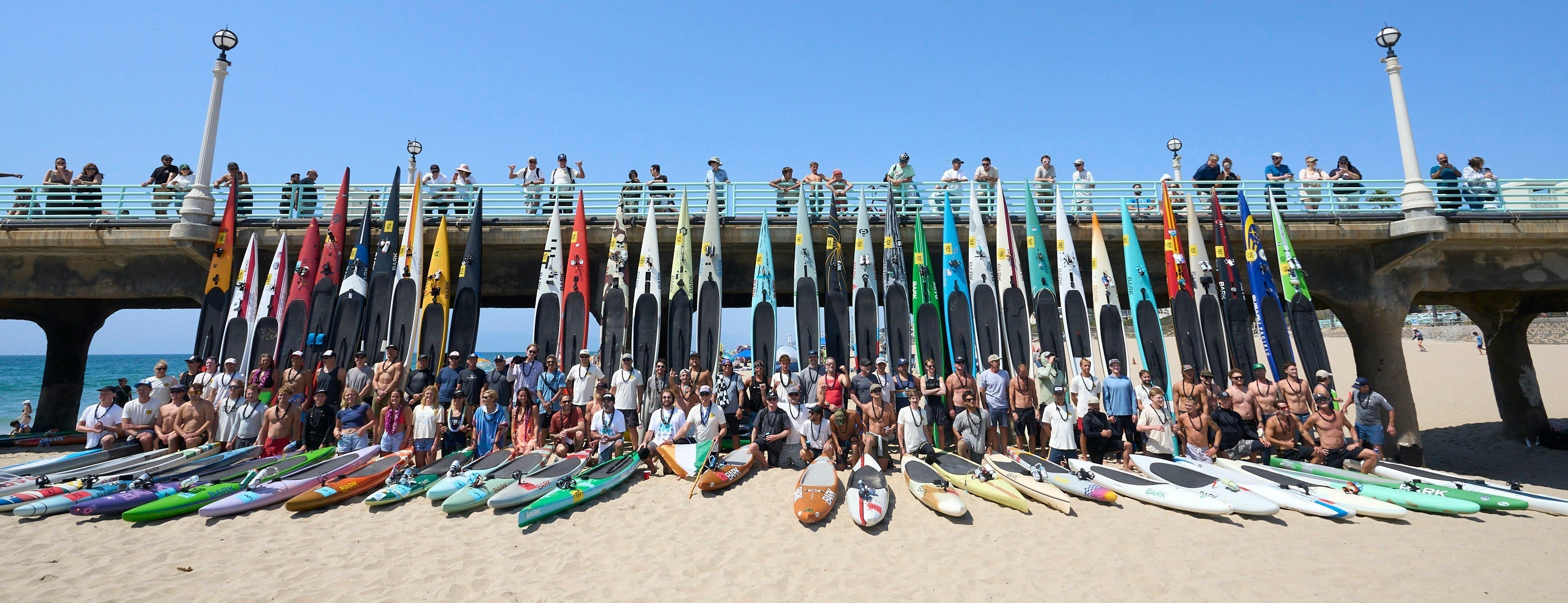Winter training can be challenging, but with the right mindset and preparation, it can also be incredibly rewarding. For fitness enthusiasts and athletes who refuse to let the cold weather slow them down, this comprehensive guide provides essential tips and strategies for staying active and safe during the winter months. We'll cover everything from dressing appropriately to embracing winter sports, ensuring your winter workouts are as effective and enjoyable as possible.
1. Essential Winter Workout Apparel: Dressing for Success
Understanding how to dress for winter workouts is crucial. We'll explore the best practices for layering, including the importance of moisture-wicking base layers, insulating middle layers, and protective outer layers. Additionally, we'll emphasize the significance of covering extremities with gloves, hats, and thermal socks.
2. The Importance of a Proper Winter Warm-Up
Cold weather means your muscles are at a higher risk of injury. We'll delve into effective warm-up routines, including dynamic stretches and indoor warm-up exercises, to ensure your body is ready for a winter workout.
3. Maximizing Daylight and Staying Safe
With limited daylight hours, we'll provide tips on how to make the most of daylight for safer workouts and the importance of wearing reflective clothing and using headlamps for those who train in darker conditions.
4. Hydration Strategies for Cold Weather Training
Hydration is just as crucial in winter as it is in summer. This section will cover strategies to stay hydrated and the risks of dehydration in cold weather.
5. Post-Workout Care in Winter
The importance of changing out of cold, wet workout clothes to avoid hypothermia and other cold-related issues will be highlighted in this section.
6. Embracing Winter Sports for Cross-Training
We'll introduce winter-specific sports like skiing and snowboarding as effective cross-training methods that can add fun and variety to your winter fitness routine.
7. Indoor Training Alternatives
For those extra cold days, we'll suggest indoor training options, including gym workouts and home fitness routines, ensuring you stay on track with your fitness goals regardless of the weather.
8. Cultivating Mental Toughness
Lastly, we'll discuss the mental aspect of winter training, offering advice on setting goals and staying motivated throughout the colder months.
Conclusion
Winter training doesn't have to be a daunting task. With the right approach, it can be a season of great progress and enjoyment. By following these tips, you’ll be well-equipped to tackle your winter workouts with confidence and safety. Remember, winter is not just a time to endure but an opportunity to thrive in your fitness journey.





Share:
February Tunes: A Playlist to Power Your Workouts
Celebrating Progress: The Journey of National Girls & Women in Sports Day